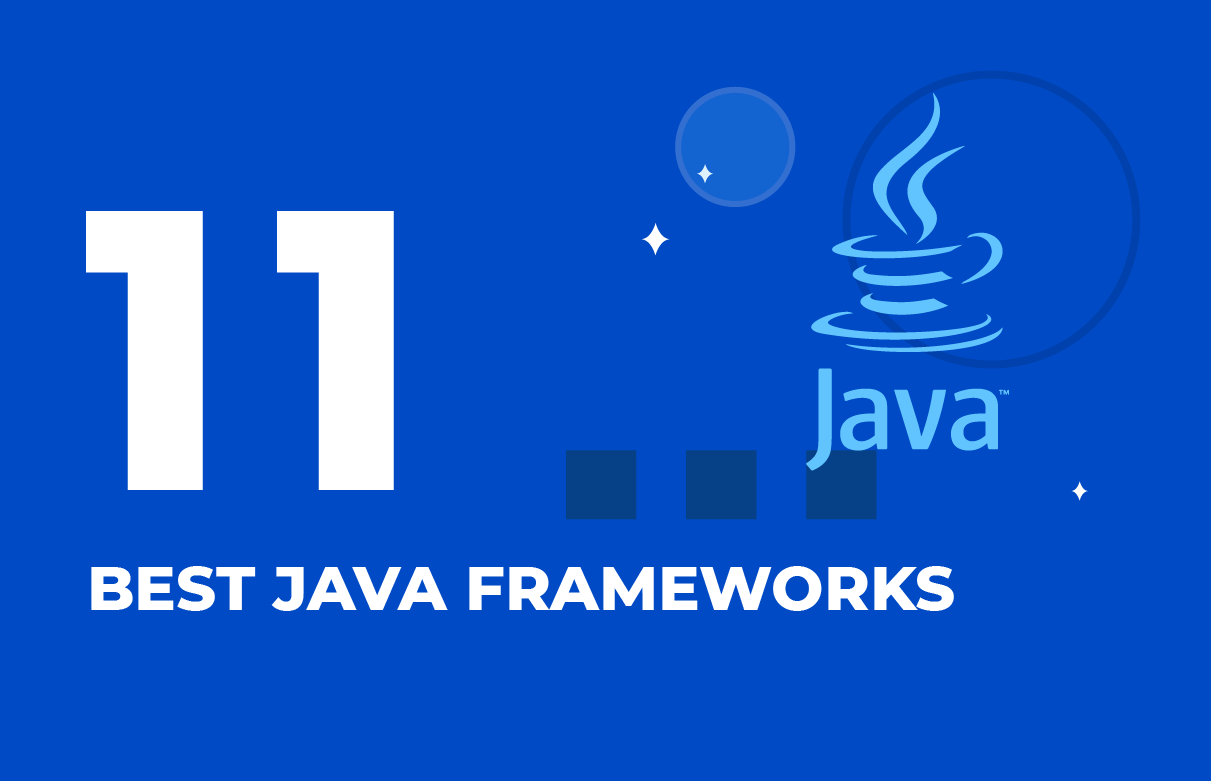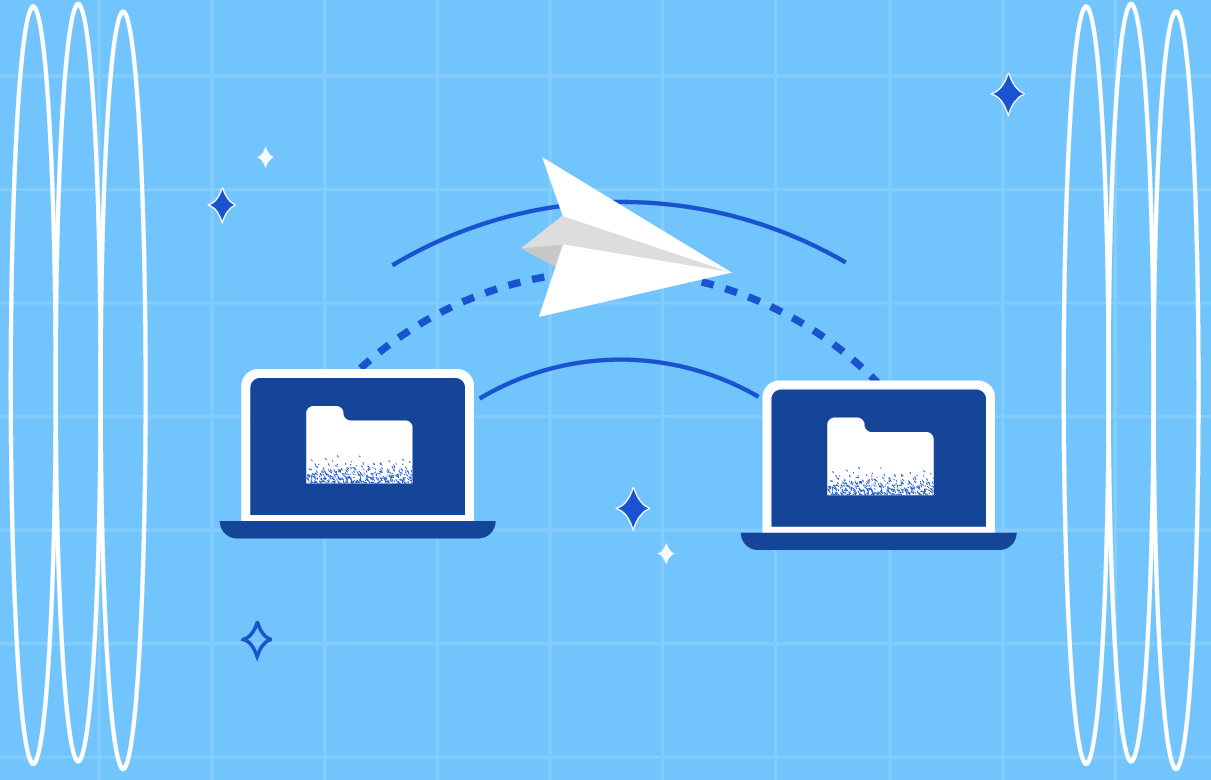Software migration is the process of transferring an application to a new system. It is like giving a software application a fresh start in a new environment where it can flourish and evolve. It’s all about making things better – improving performance, scalability, maintainability, and overall effectiveness.
But here’s the catch: migration isn’t a simple task. It involves comprehensive migration planning, analysis, and execution. With SaM Solutions, you can be sure that your migration will be smooth and trouble-free. Read on to learn more about software migration.
In IT since 1993, SaM Solutions offers professional custom software development services to clients across all industries.
The purpose of software migration is the relocation of software applications, data, and infrastructure from one environment to another. It involves moving software systems from an existing platform to a new one that offers improved functionality, better performance, scalability, security enhancements, or other advantages. The process is typically performed to take advantage of technological advancements, overcome limitations of the current system, or align with changing business requirements.
Top 8 Key Software Migration Scenarios
- Outdated technology
If your current software is based on obsolete technologies, it may lack important modern features, proper security protection, or integration capabilities. Software migration services can improve performance and ensure better support for your evolving business needs.
- Vendor dependency
When old software solutions are no longer supported by their vendors or have limited vendor support, it’s time to switch to alternative solutions. This transition will help you ensure ongoing maintenance and receive updates and technical support on time.
- Business growth and expansion
As your business grows, your software infrastructure may struggle to cater to the increasing business demands. Migrating allows you to scale your apps, process larger datasets and conquer new markets.

- Cost efficiency and savings
Shifting to open-source alternatives or cloud-based solutions can help reduce licensing fees and maintenance expenses. The decision to migrate to more cost-effective solutions can optimize your software spending and improve your financial results.
- Regulatory compliance
In some cases, the change may be necessary due to the compliance requirements, such as changing data privacy regulations or industry-specific standards. By migrating to compliant solutions, you can ensure that your software meets the necessary legal and regulatory obligations.
- Data center consolidation or cloud adoption
Migrating from on-premises data centers to cloud-based infrastructures has multiple benefits such as enhanced flexibility, scalability, and reduced infrastructure maintenance. Consolidating data centers or adopting cloud technologies can improve efficiency and offer access to top-notch cloud services.
- Integration and interoperability
If your current system lacks integration capabilities or fails to communicate effectively with other systems, migrating to new solutions becomes essential. Improved integration can streamline workflows and data exchange, which leads to enhanced productivity of business processes.
- Mergers and acquisitions
When mergers or acquisitions occur, organizations may need to consolidate operations, harmonize processes, and achieve synergies between all the parties involved. The proper upgrade facilitates the proper integration of systems, and helps to create a unified and efficient business environment.
Popular Software Migration Strategies
- Lift-and-shift strategy involves transferring applications from their existing environment to a new one without significant changes in the code or architecture. This strategy has a quick and straightforward process, which minimizes disruption of the application’s functionality.
- Re-platforming entails migrating apps to a new platform or infrastructure with the help of modern technologies. This approach provides optimization and scalability while minimizing the need for extensive code alterations.
- Re-architecture involves redesigning apps to align them with new architectural patterns. This strategy focuses on improving scalability, flexibility, and performance by adopting microservices, containerization, or cloud-native approaches.
- Phased migration divides the process into several manageable stages or components. By migrating in increments, you can reduce risks by thorough testing and bug fixing, and migrate without disrupting the entire system at once.

- Hybrid model combines both on-premises and cloud-based environments, which enables a gradual transition of specific components while keeping others in the existing infrastructure. This approach provides flexibility, scalability, and a balance between legacy systems and cloud capabilities.
- Big bang strategy involves migrating all apps simultaneously from the legacy system to the new one. This synchronized process allows for a swift transition, which ensures that all components are migrated at once, thus minimizing the coexistence of two systems.
- Parallel approach involves running both the legacy and new systems simultaneously. This strategy allows for comprehensive testing, validation, and comparison between the two systems, ensuring that the new system is fully functional and reliable before completely transitioning from the legacy system.
- Service-oriented architecture (SOA) focuses on designing apps as a collection of loosely coupled and interoperable services. This approach promotes modularity, reusability, and easier integration during the process, which enables smoother transitions, more flexibility and adaptability.
Read more about the strategies in our article about legacy system migration.
How to Choose a Migration Strategy
Choosing the right strategy is an indispensable part of any software migration plan. By following a systematic approach, companies can select a strategy that complies with their specific needs and business goals. At SaM Solutions, we follow a structured process which includes the following steps:
- Current system assessment. First of all, we thoroughly assess your current system, its architecture, functionality, performance, and dependencies. This helps to get a clear view of its strengths and weaknesses to determine the necessary improvements and identify any potential bottlenecks.
- Specifying objectives. In cooperation with the client, we define the migration goals. Often companies want to achieve enhanced performance, improved scalability, reduced maintenance costs, and utilize new features and technologies. The well-defined goals will serve as guiding principles when comparing different software migration strategies.
- Risk assessment. Our experienced engineers evaluate the potential risks and challenges associated with the transition. Then, we create mitigation plans that will help minimize their potential effects.

- Analyzing technical requirements. We thoroughly analyze the technical requirements for the project. During this process, our team consider target architecture, platform compatibility, and integration potential. Besides, we determine whether your current system aligns with the desired environment and if it requires any adjustments for a smooth transition.
- Defining time and budget constraints. When selecting a strategy, our team defines the time frame within which the transition needs to be completed and the available budget. This step helps to narrow down the search and choose a realistic and feasible strategy for the specific project.
- Exploring migration strategies. Together with our client, we explore different strategies based on the client’s needs and goals. For more detailed information on various strategies, you can refer to our blog post.
- Selecting a strategy. Finally, it’s time to select one strategy that best aligns with your organization’s objectives. To make this choice, it is important to consider all the potential benefits and challenges associated with each strategy.

Migrating Software with SaM Solutions
At SaM Solutions, we understand the complexities and challenges involved in software migration methodology. We strive to provide seamless and efficient services to help businesses transition from legacy systems to modern, scalable, and robust software solutions. In this article, we will walk you through the process of migrating software with SaM Solutions, outlining the steps we follow to ensure a successful transition.
Plan and design
The first step is to create a comprehensive plan and design of the target software architecture. This involves understanding the existing system, identifying pain points, and defining the goal. We work closely with our clients to create a clear vision of the project, including infrastructure setup, strategy, and integration points with internal and external systems. By collaborating with stakeholders, we ensure that the target architecture aligns with their business goals and requirements.
Data migration
Data migration is a critical part of software upgrade. We develop a well-rounded strategy that ensures a smooth and secure transition of data from the legacy system to the new environment. Our software experts employ various techniques, such as data mapping, cleansing, and validation, to ensure high data integrity and accuracy. We also implement tools and frameworks to automate the process, minimize downtime and reduce the risk of data loss.
Code migration or rewriting
Depending on the complexity and condition of the legacy codebase, we assess whether code migrating is the most suitable approach. If the existing codebase is outdated or incompatible with the target architecture, we recommend code rewriting to utilize the advantages of modern development technologies. During migrating, our experienced engineers follow industry best practices and comply with high coding standards, which ensures the production of high-quality software.
Test and validate
Thorough testing is essential to ensure the functionality, performance, and stability of the migrated software. Our QA team utilizes a wide range of testing techniques and tools to find and eliminate any issues or bugs. Thanks to extensive testing, we minimize the risk of possible disruptions and ensure smooth UX.
Deployment and cut-over
Once the process is complete and validated, we proceed with the deployment and cut-over phase. We carefully plan and execute the transition from the old system to the new environment, ensuring minimal downtime and disruption to business operations. Our team follows a systematic approach to mitigate any unexpected challenges during the cut-over process. By closely monitoring the deployment, we ensure a smooth and successful transition to the new software.
User training and documentation
To ensure a successful adoption of the migrated software, we provide comprehensive user training. Our specialists conduct training sessions to acquaint users with their new system, its features, and its functionalities. Moreover, we develop user-friendly documentation, including user guides and manuals, to assist users in navigating the new software. Consistent training and educational materials help empower users with the necessary skills to maximize productivity and efficiency.
Post-migration support and optimization
Even after the completion of the software migration process and system upgrade, we continue our commitment to our clients. SaM Solutions goes far beyond just software migrating and provides post-migration support and continuous monitoring.
Possible Challenges of Software Migration
- Data complexity and integrity. Legacy systems often have entangled data structures and inconsistent data quality, which complicates the process of change and maintaining data integrity. To solve this issue, we at SaM Solutions thoroughly assess existing data, including structure, dependencies, and data mapping. For this purpose, we implement data profiling, normalization, and validation.
- Compatibility and integration. Outdated systems may have compatibility issues and a lack of integration with other systems. Our experienced engineers conduct infrastructure assessments to solve any compatibility issues. We develop a detailed integration strategy and employ middleware tools to ensure seamless interconnectivity.
- Knowledge gaps and expertise. Old systems rely on obsolete technologies that need specific expertise for efficient maintenance. Our teams actively invest in knowledge transfer and team training. We regularly provide hands-on training, workshops, and knowledge-sharing sessions to enhance the team’s skills.
- Cost and resource allocation. Migration can cost a pretty penny and require proper resource planning to avoid budget overspending. Our experts create detailed budget plans and ensure strategic resource allocation.
- Disruption of business operations. The migration process can disrupt daily business operations, which may lead to downtime and loss of productivity. To forestall this effect, we implement a well-planned migration strategy and choose an off-peak period for migration. Risk-free strategies like phased migration or parallel operations can be of great help for this purpose as well.
- Testing and compliance. Comprehensive testing is vital to validate the functionality, performance, integration, and compliance of the system. Our software specialists conduct rigorous functional, performance, integration, and compliance testing. Thanks to their meticulous work, we always validate the functionality, responsiveness, interoperability, and regulatory adherence of the system.
- Change management and user adoption. Legacy system migration involves significant change for users, leading to difficulties in adoption. SaM Solutions would be glad to provide comprehensive post-migration training for users, and offer relevant user guides and documentation. We also recommend creating support channels and online forums to facilitate smooth user adoption and change management.
Achieve digital transformation with custom software delivered by SaM Solutions’ seasoned engineers.
Safely Migrate Your Software with SaM Solutions
When it comes to software migration, it is crucial to ensure a secure and seamless transition. You can trust SaM Solutions to handle your software migration needs based on our deep expertise and 30+ years of successful development experience. First and foremost, we prioritize the safety of your data and employ advanced security measures throughout the migration process.



























 5 Reasons Why Your Business Needs a Mobile eCommerce Application
5 Reasons Why Your Business Needs a Mobile eCommerce Application Using Salesforce to Improve Your Sales Pipeline: Five Tips
Using Salesforce to Improve Your Sales Pipeline: Five Tips Cross-Platform Mobile Development: Five Best Frameworks
Cross-Platform Mobile Development: Five Best Frameworks 10 Best Web Development Frameworks in 2024
10 Best Web Development Frameworks in 2024 How to Develop Custom Accounting Software
How to Develop Custom Accounting Software












 Why React and Node.js Are the Top Technologies for Creating High-Performance Web Apps in 2024
Why React and Node.js Are the Top Technologies for Creating High-Performance Web Apps in 2024 10 Best IoT Platforms for 2024
10 Best IoT Platforms for 2024 Top 20 Latest Trends in the Ecommerce Industry in 2024
Top 20 Latest Trends in the Ecommerce Industry in 2024 Top 10 Most Popular Programming Languages in 2024
Top 10 Most Popular Programming Languages in 2024
The benefits of migration were remarkable for my system. Enhanced security, improved scalability, and access to new features transformed my software. The result: staying competitive and meeting customer demands became easier.
Phased migration worked wonders for me. Breaking the process into manageable stages reduced downtime and risks. Step by step, my software transformed while minimizing disruptions.
Post-migration support and optimization were vital for me. Fine-tuning the system after migration improved performance and user experience, and helped me maximize the benefits of the transition.
Thanks for the article. I agree that specifying objectives is crucial before deciding on a definite migration strategy. The clarity led to success: I aligned my choices with business goals, considering factors like cost and time and chose Hybrid model.
Let me share my personal experience. Re-platforming was my migration strategy of choice. It allowed me to leverage new features while preserving my existing business logic. The result I had: smooth transition, reduced risks. I’m more than happy with it.
Well, switching to the cloud was a game-changer for me. The scalability and flexibility it offered boosted my productivity and ROI. No more worries about on-premises maintenance!
As a business owner, I can say that outdated technology threatened the security and efficiency of my software system. Migrating to modern solutions improved productivity and gave me a competitive edge.